Background on Junio Valerio Borghese
On 6 June 1906, Junio Valerio Scipione Ghezzo Marcantonio Maria Borghese was born in Artena, in the province of Rome. He was born the newest member of the House of Borghese, an old family rooted in Siena. The house traced their roots back centuries and included Camillo Borghese, who served as Pope Paul V from 1605-1621. Junio was the second son of his father, Livio Borghese, the 11th Prince of Sulmona. As the second son, Junio became known as Don Junio Valerio Borghese. However, in his later rise to fame and infamy, the press often incorrectly gave him the title of Prince. After the war, Borghese earned the nickname Black Prince due to his pro-Fascist support.
He received his early education in London but returned to Italy to attend the Royal Italian Naval Academy in 1923. Six years later, he became an officer in the Regia Marina. It took only four years for him to ascend to a position as a submarine commander. In this function, he fought in the Spanish Civil War and the early years of WWII.
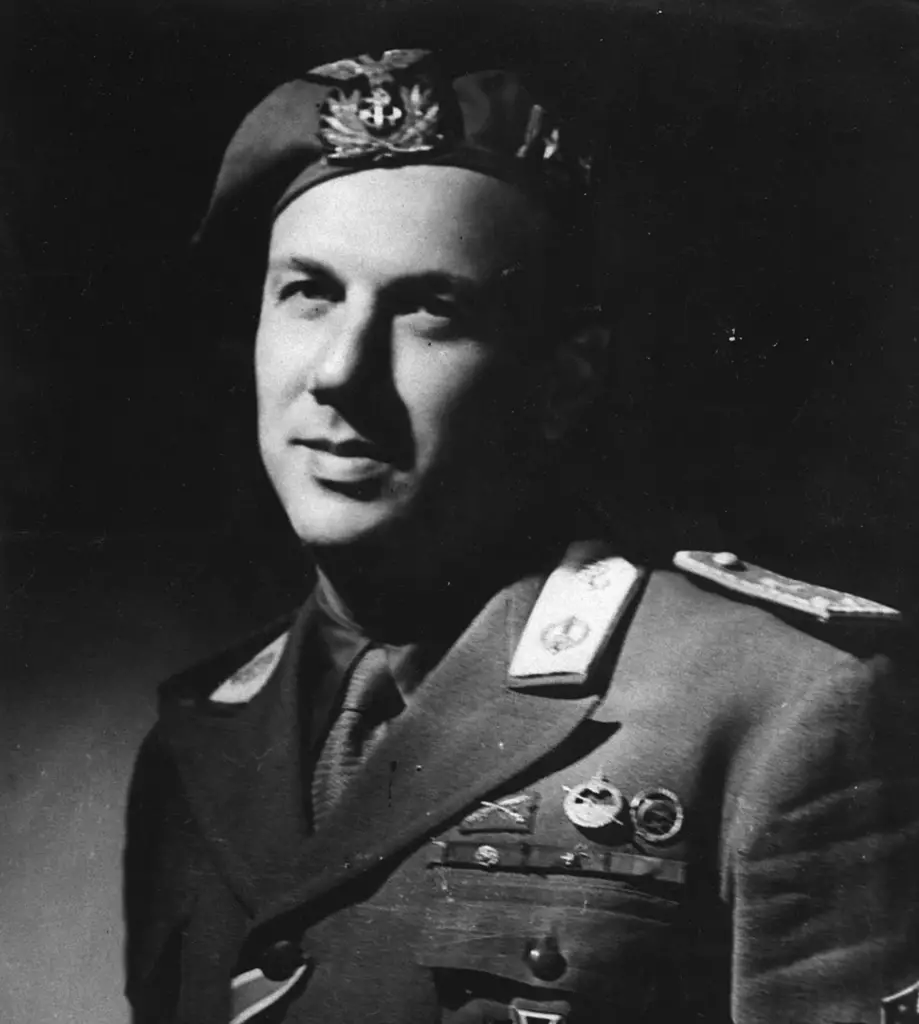
However, his talents and bold nature soon saw him placed with the elite Decima MAS unit. Here, he refined and practiced the techniques that made Decima MAS the predecessor to modern naval commando teams. It was also in his tenure here that he played a part in his most famous expedition. The 1941 Raid on Alexandria, one of the greatest small unit successes of WWII. And one of the most severe British defeats in the Mediterranean theater.
Related: Decima MAS: Italian Frogmen
Related: Italian Social Republic: German Puppet State in Northern Italy
During the final years of the war, he led an 18,000-strong anti-partisan force composed of ex-sailors. Behind the lines of the Italian Social Republic, they fought battles against anti-Nazi rebels and Communists.
Spanish Civil War Service Aboard Iride
An early command of Junio Valerio Borghese, the coastal submarine Iride, served secretly in the Spanish Civil War. At first, it sought to attack Republican vessels and civilian shipping. In the fall of 1937, his first mission culminated in an international incident after misidentifying the British destroyer, HMS Havoc. His attack failed, leading to counter-attack by Havoc and numerous other light ships. Iride was only saved by his orders to dive to a great depth, where she successfully evaded British depth charge attempts.
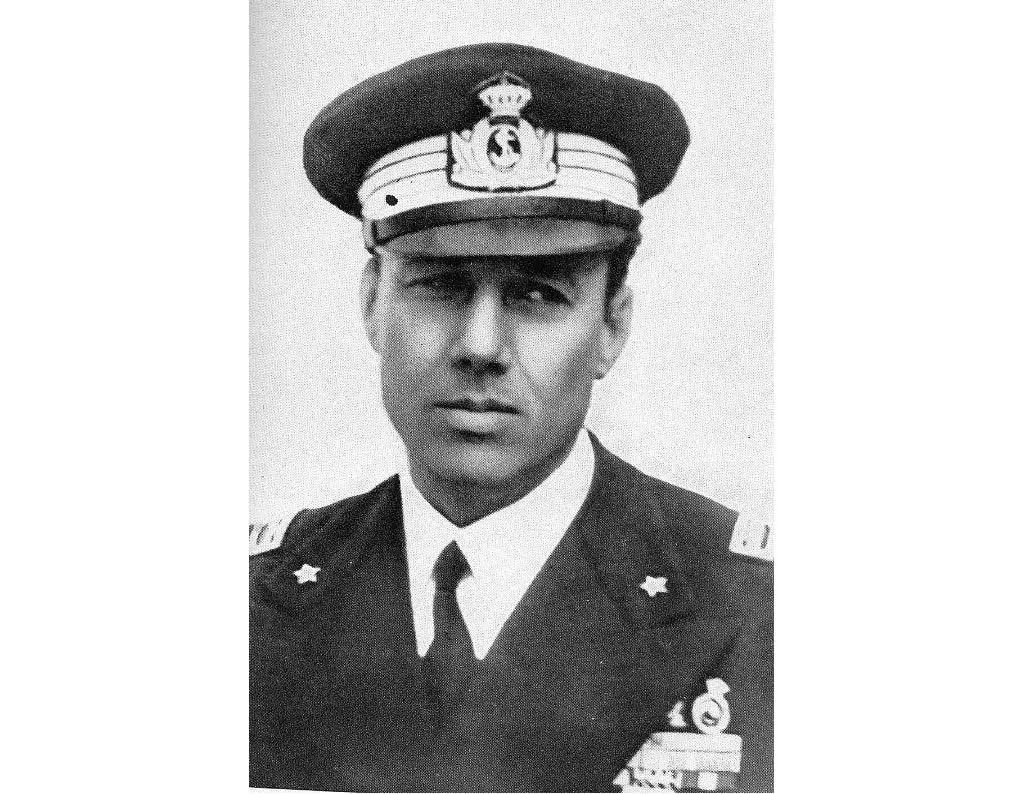
Submarine Commander Borghese.
This backfired to some extent, as it resulted in Britain and France enforcing tighter controls in the Western Mediterranean. However, Borghese, Iride and her crew continued fighting on the Nationalist side, donning Spanish uniforms. Officially, they served under the Francoist fleet and Iride was nominally renamed Gonzalez Lopez. Junio Valerio Borghese served out the remainder of the Spanish Civil War in this function, returning to Italy with Franco’s victory. Iride also returned to Italian service, but in a twist of irony, she was sunk under a different commander on a mission to attack Alexandria.
Commander of the Scire in Early World War Two
For the first months of Italian involvement in WWII, Junio Valerio Borghese languished aboard Vettor Pisani, an antiquated 20’s submarine. By August, he gained command of Scire, one of the modern submarines of the Italian fleet. Scire, in turn, carried a very formidable weapon; the Silui a Lenta Corsa (Slow Speed Torpedos or SLCs). In English, they are more commonly known as Human Torpedos. SLCs enabled naval commandos to stealthily penetrate through the defenses of enemy harbors while underwater. While early attacks against Gibraltar proved unsuccessful, they provided the basis to refine the techniques employed by the commandos.
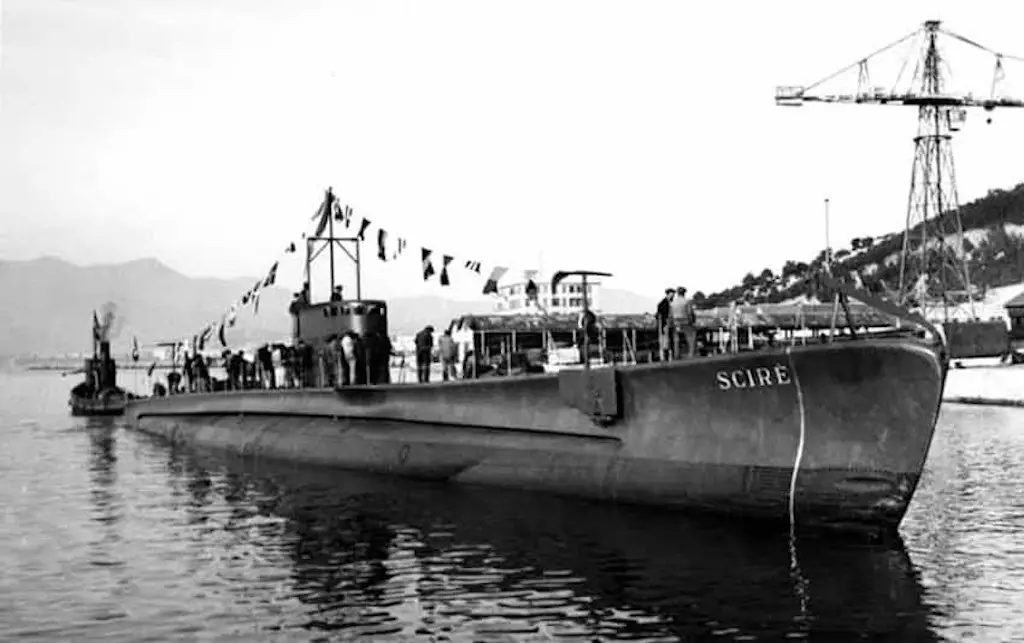
The submarine Scirè as it looked on 06 January 1938.
They earned their first success on 20 September 1941, as Scire and her manned torpedoes damaged three ships in Gibraltar harbor. Junio Valerio Borghese gained promotion to ‘Capitano di Fregata’ under Decima MAS, and was to command the attack on Alexandria. It was carried out in the utmost secrecy, Scire departing the naval base of La Spezia with three Siluri a Lenta Corsa on December 3rd. They picked up the six frogmen, the crew of the torpedoes sometime later, on the small island of Leros in the Aegean.
Attack on Alexandria
At 2030 hours on 18 December 1941 Junio Valerio Borghese had successfully taken Scire to just over a mile from the entry of Alexandria Harbor. Evading enemy patrols and approaching so near to the nexus of Mediterranean Fleet operations was no easy feat. Thanks to his effective leadership, the Siluro a Lenta Corsa (SLC) and the frogmen gained the opportunity to slip through the harbor defenses. Their attack on Royal Navy units moored there achieved a dramatic strategic effect.
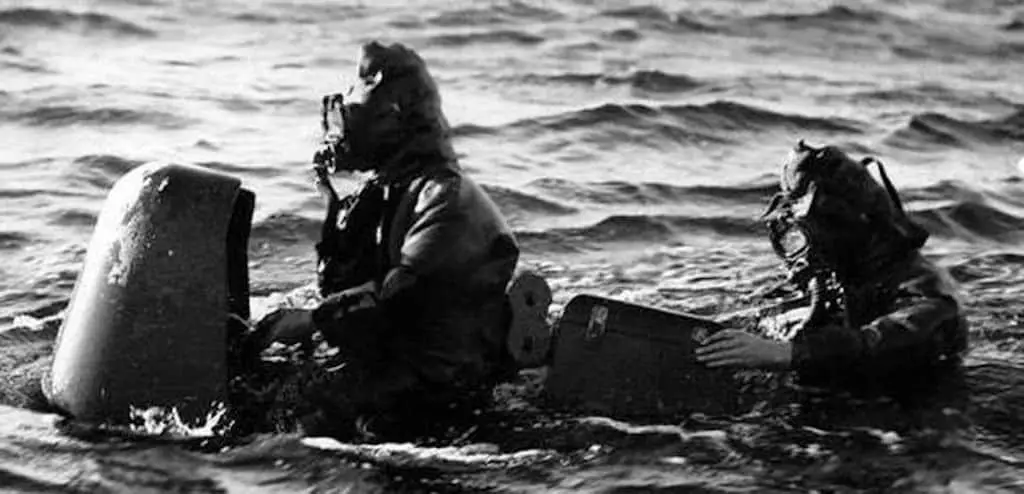
Two Decima Flottiglia MAS frogmen prepare to submerge for an attack.
While a tanker and destroyer were severely damaged, the battleships HMS Valiant and HMS Queen Elizabeth were the true prizes. Queen Elizabeth was incapable of any sort of combat operations for six months. Valiant did not see combat again until August, nine months later. This marked a critical Axis victory in the war in Africa, as it handed control of the sea to Italy.
Read our article: Decima Mas Attack on Alexandria
This brought about a stranglehold on Malta, Britain’s vital foothold in the central Mediterranean. For the first time, invading and removing this thorn in the side of the Axis appeared to be a real possibility. Additionally, it secured Rommel’s supply lines such as to enable his greatest victory, at Gazala. In all, one must consider this victory of Borghese and Decima MAS to mark the height of Italian fortunes in the war.
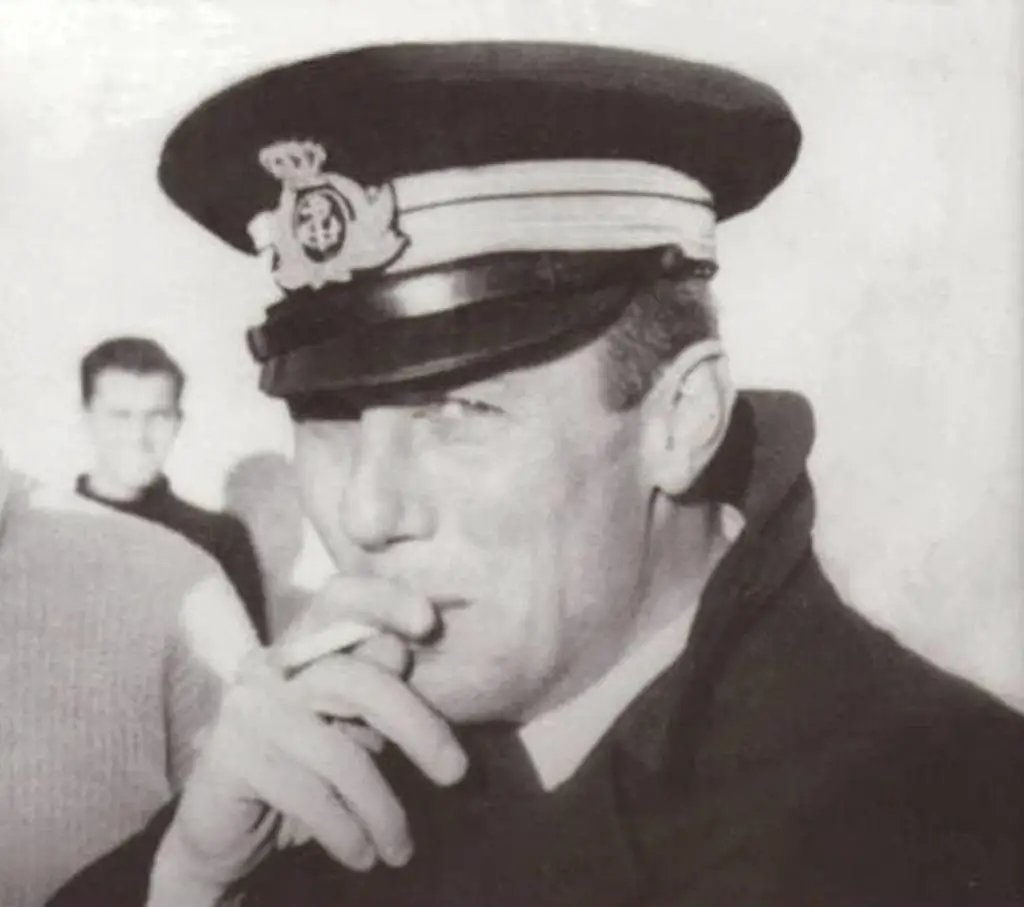
Borghese in the early 1940s.
Decima MAS Before Armistice
Suitable, then, that it brought Junio Valerio the highest military decoration in Italy, the Cavaliere dell’Ordine Militare di Savoia. In May 1943, he became the overall commander of Decima MAS.
Junio Borghese began to concentrate on a human torpedo attack of New York City. This plan almost materialized, if not for the Italian armistice.
Decima MAS After the Armistice
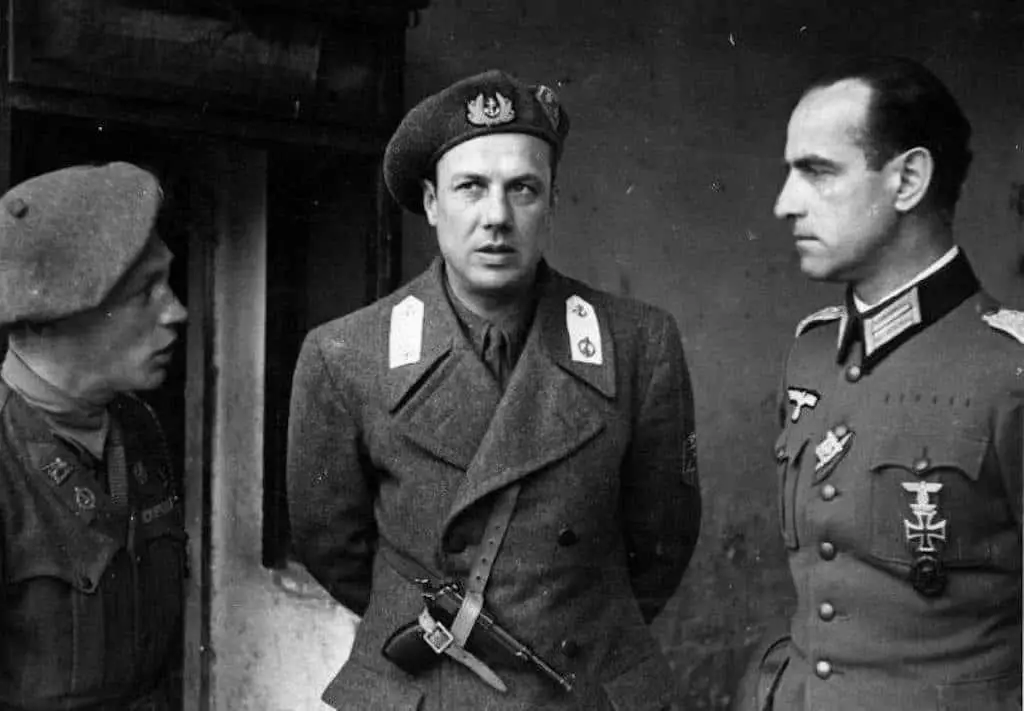
A 1944 photo of Junio Valerio Borghese with a German official to his left.
With the fall of Sicily and deposition of Mussolini, Italy signed an armistice with the Allies in September 1943. In practice, the result was civil war; many perceived the Germans as occupiers, while others fought alongside them. Junio Valerio Borghese chose to fight alongside Mussolini’s RSI, a German puppet state. While half of Decima MAS refused to fight for the Germans, the remaining 200 men followed Borghese. However, with dwindling naval assets, it could hardly serve its intended role.
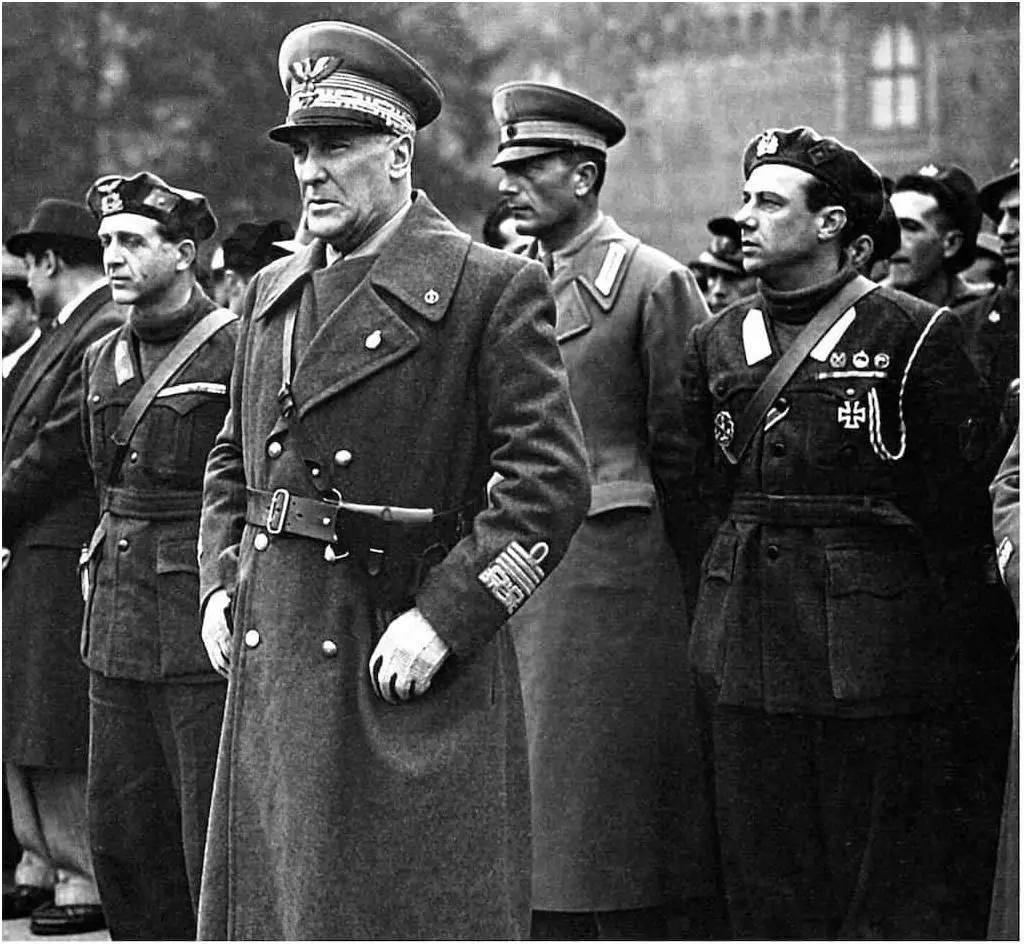
A 03 January 1945 photo of Marshal Rodolfo Graziani and Junio Borghese in Milan, Italy. The occasion celebrates the Lupo Battalion of the Decima MAS as it heads towards the front.
Instead, Junio Valerio Borghese rallied pro-Fascist Italians to him in an autonomous paramilitary unit. Decima MAS grew into his own personal army of 18,000-25,000 men and women. He employed them to fight Yugoslav partisans, Italian leftists and rebels in the Italian Social Republic. In the waning days of the war, when many feared that the Yugoslavs under Tito might occupy parts of Italy, Decima MAS prevented this. The entire command took a defensive line East of Venice, which they suffered horrible casualties in holding until the arrival of the Allies.
Post-War Imprisonment And Political Activism
Under charges of collaboration and treason, Borghese received a 12-year sentence of imprisonment. However, this was quickly waived to three years, in light of his wartime exploits and his defense of Venice against Tito. Junio Valerio Borghese quickly grew into a popular figure among the neofascist movement. He held a brief association with the Movimento Sociale Italiano (MSI), but he viewed them as too weak. Before long, he founded his own ultraright party, Fronte Nazionale. His political extremism and disregard for the trappings of high-class life offended his aristocratic peers and family. In the wider social sphere of Italy, he fell into slow irrelevance along with the fascist movement.
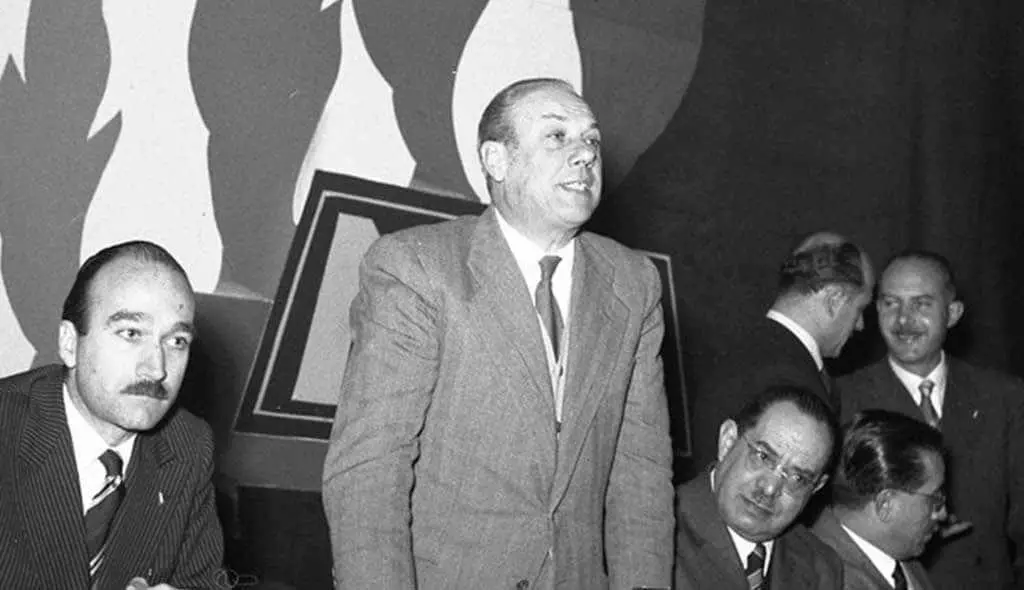
Junio “The Black Prince” Borghese was President of the MSI from 1951-1953.
His radical beliefs lead to his ultimate fall in 1970. He attempted to orchestrate a coup against the Italian Republic, the infamous Golpe Borghese. When the plans leaked to the press, he called off the coup and fled to Spain. He lived there for four years until his death in mysterious circumstances, of symptoms consistent with arsenic poisoning. Officially, the cause of death was natural – but he’d been given a clean bill of health just days prior. On the 26 August 1974, he died at the age of 68, leaving behind his five children. Despite his estrangement, he still found his final resting place in the ancestral Borghese family chapel in Rome.
Military Awards
1. Knight Cross of the Military Order of Savoia (Croce di Cavaliere dell’Ordine Militare di Savoia)
2. Gold Medal for Military Valor
3. Silver Medal for Military Valor
4. Bronze Medal for Military Valor
5. Croce al Merito di Guerra – Spagna
6. Croce al Merito di Guerra – Africa Orientale e Guerra 1940-1943
7. Medaglia di Benemerenza Per i Volontari delle Operazioni Militari in Spagna
8. Medaglia Commemorativa delle Campagne di Libia
9. Medaglia Commemorativa delle Operazioni Militari in Africa Orientale
10. Medaglia Commemorativa della Campagna di Spagna
11. Medaglia Commemorativa della Guerra 1940 – 1943
12. Croce di Cavaliere Ufficiale della Corona d’Italia
13. Croce di Cavaliere dell’Ordine Coloniale della Stella d’Italia
14. Medaglia d’Onore di Lunga Navigazione
15. Croce di Anzianita’ di Servizio
16. Sovereign Military Order of Malta
17. German Iron Cross II Class
18. German Iron Cross I Class